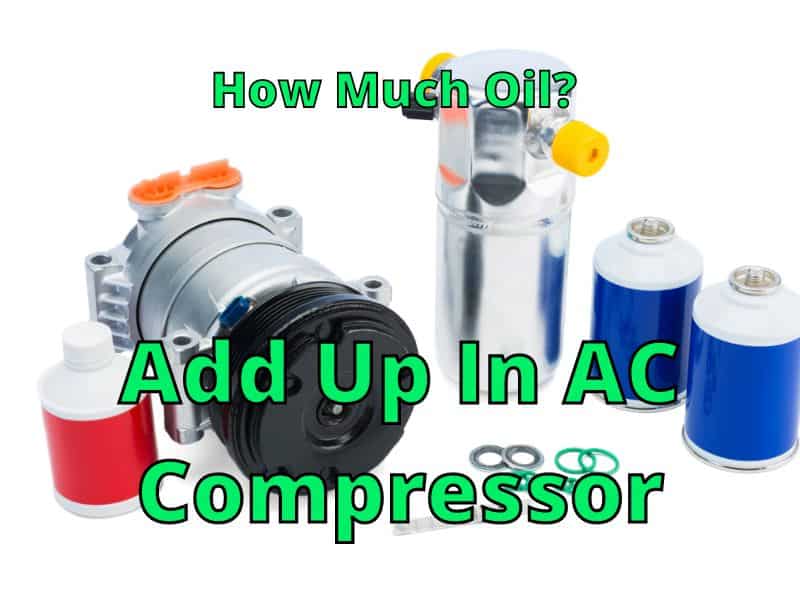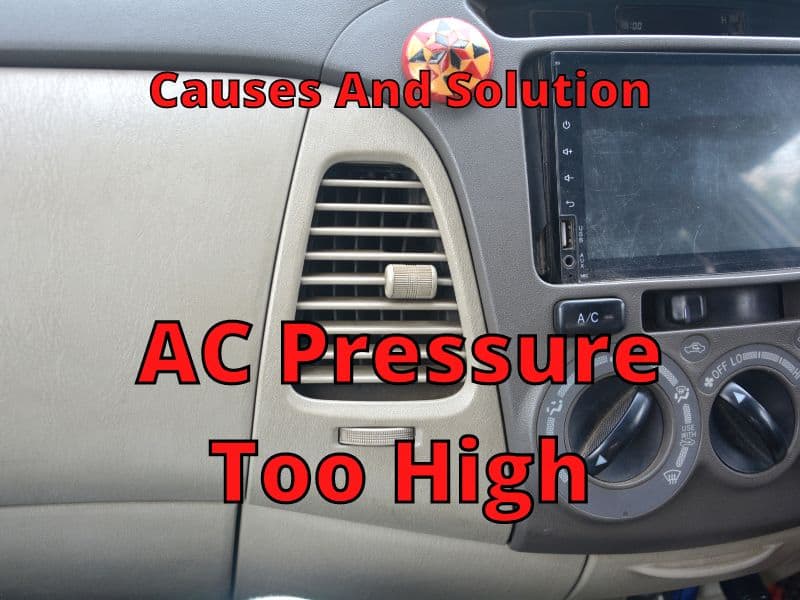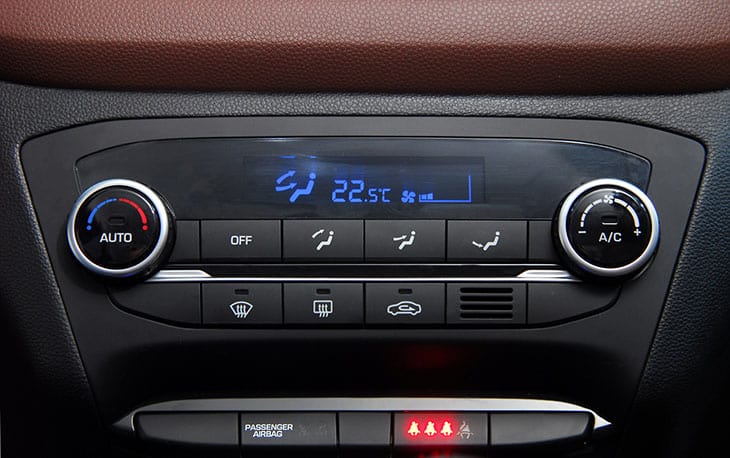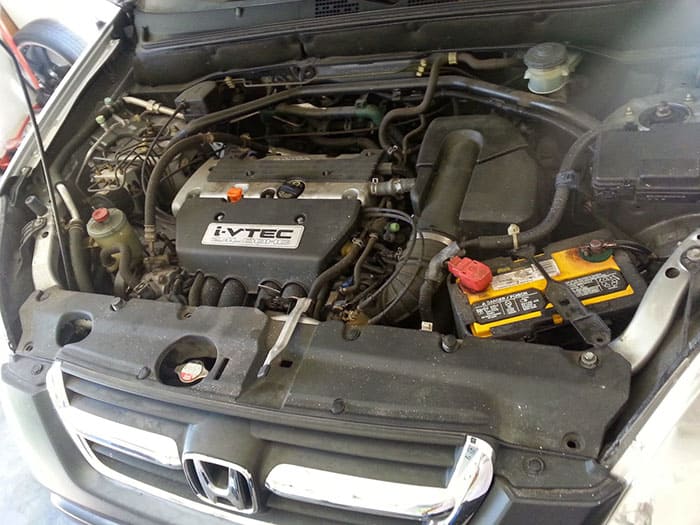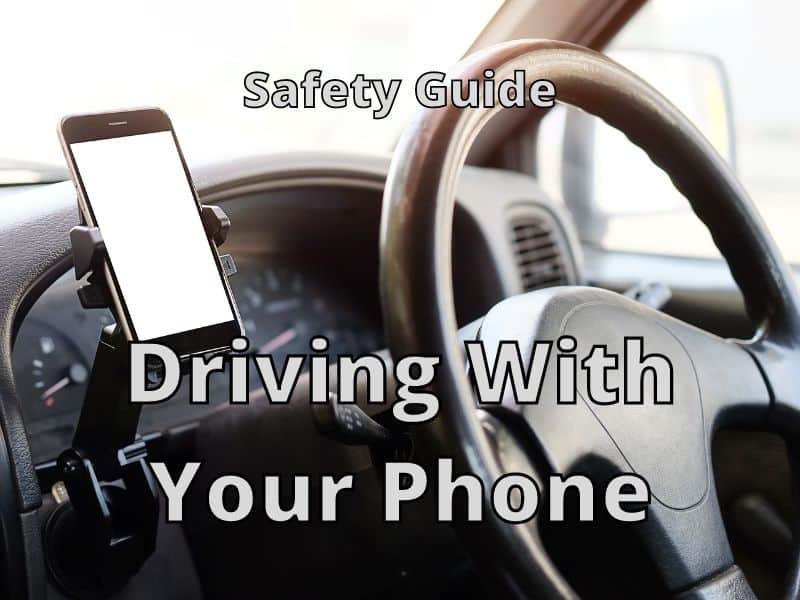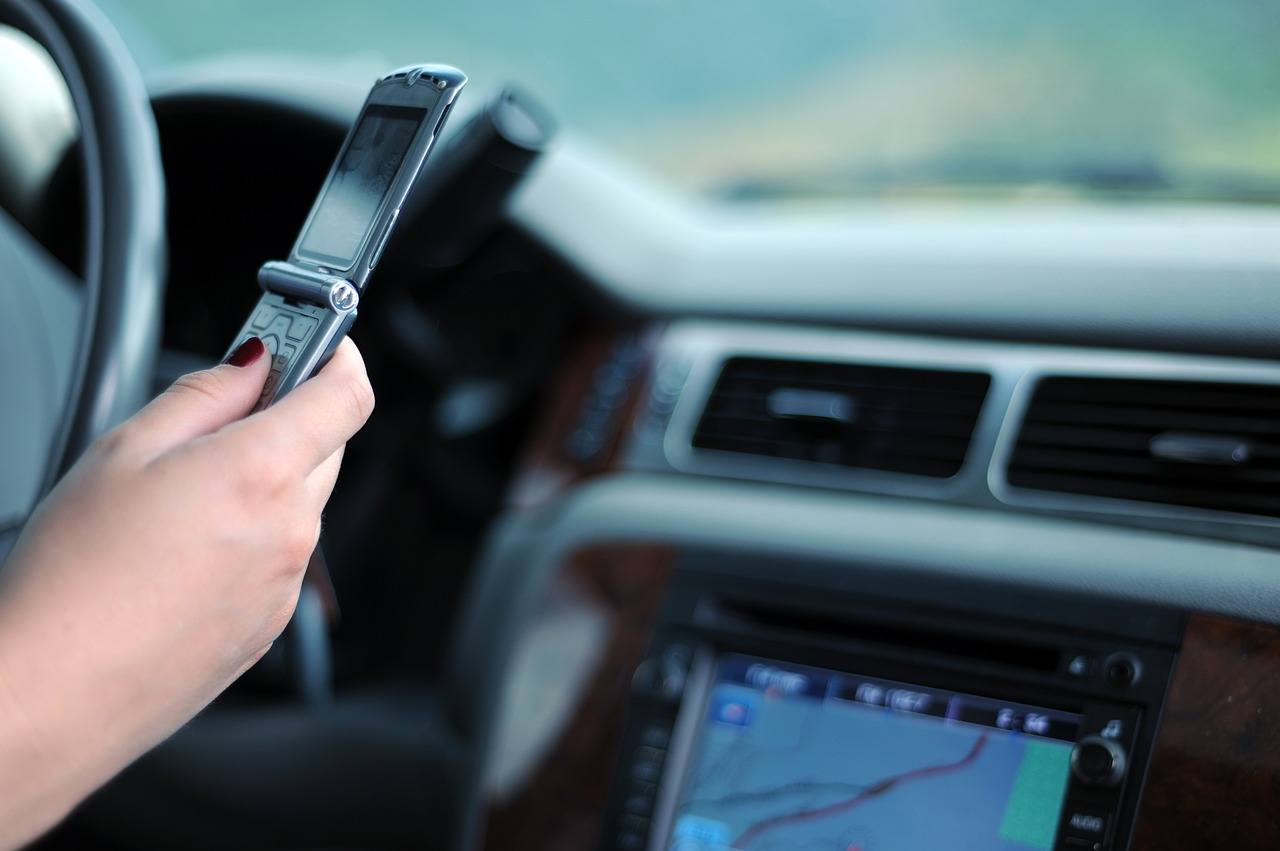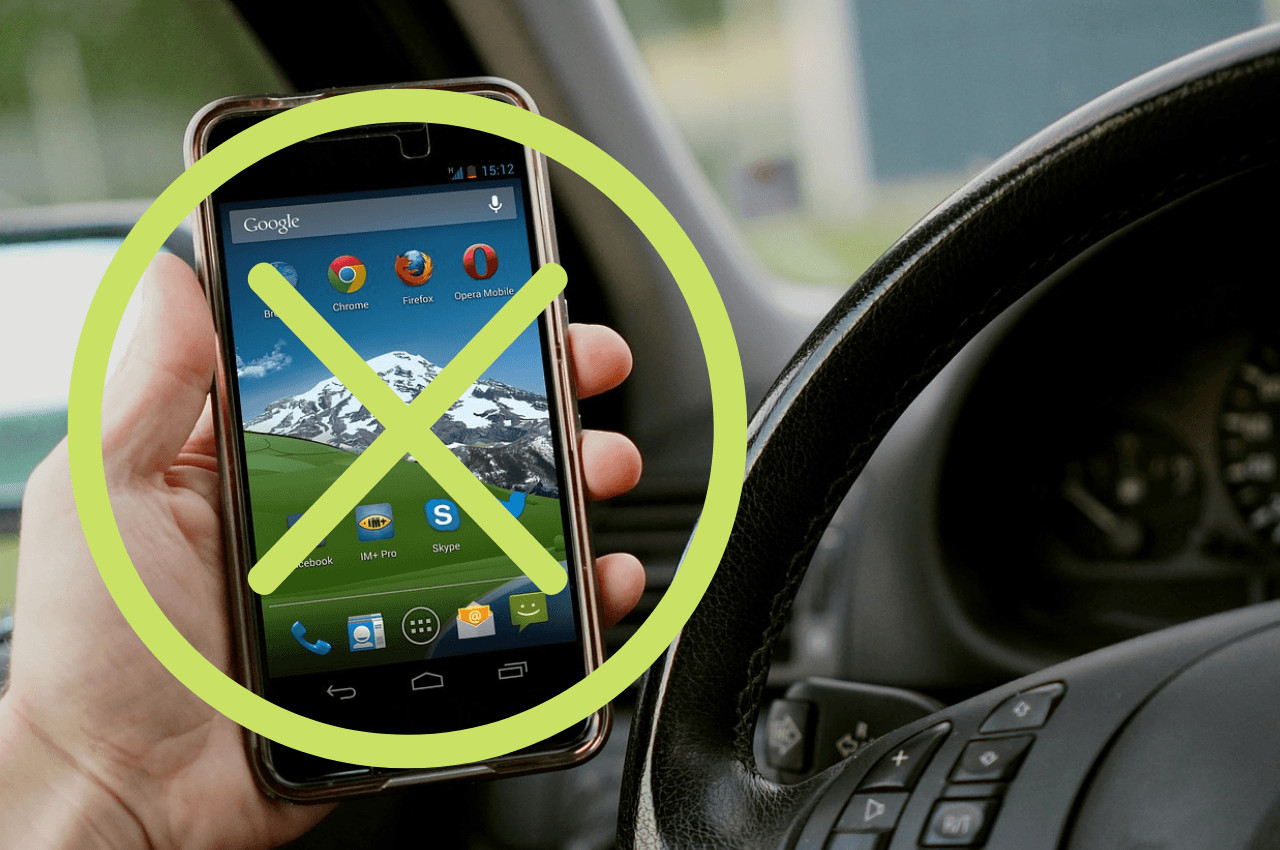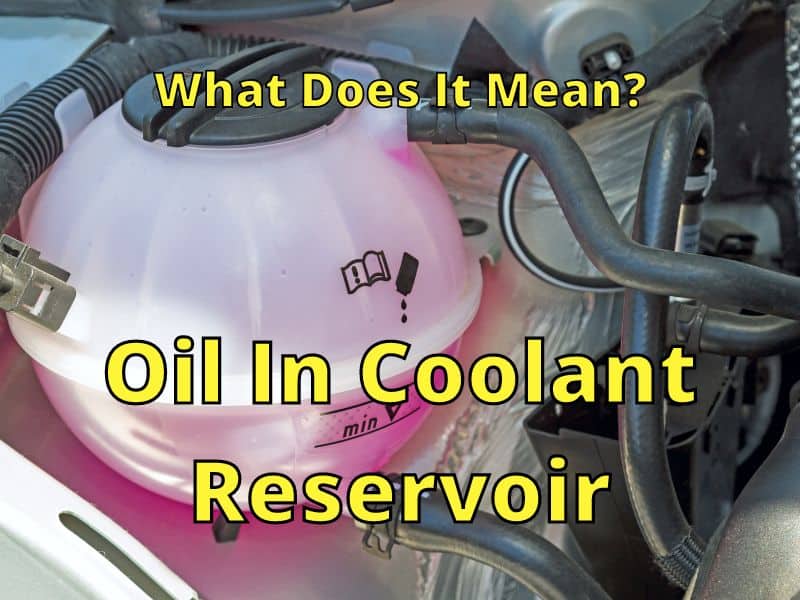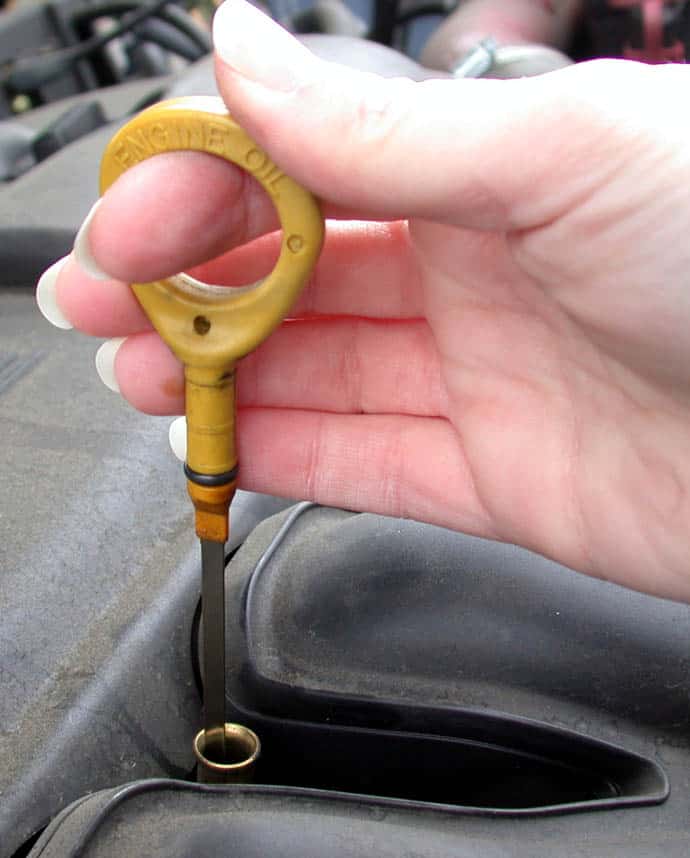You may know how your car’s air conditioning system works. It needs to have a certain amount of oil, just like your car’s engine. If you don’t want to suffer from an unexpected failure in your air conditioning system, you should have an idea of how well it is operating.
Normally you do not need to add oil to your AC compressor after it is installed unless your installing a new compressor or if there is a leak in your AC system. If you still have to add oil, check the compressor specifications on how much oil is needed.
For a new compressor, look up the specifications of your AC system. An average car might use a bit of oil (4 oz. ) and two cans of refrigerant R-134a (12 oz.) Normally you’ll want to evacuate the entire system before adding oil or refrigerant (which has oil in it).
If I have a leak in my AC system, it’s best to fix the leak and then deal with the oil needs next. Well, discuss how you can prevent the failure of your A/C system and keep things running well.
Servicing Your AC
Your vehicle’s A/C compressor should be serviced at regular intervals by inspecting it yourself or going to a mechanic for a car checkup.
Your air conditioning system uses a compressor that acts like an engine and needs oil for lubrication. The compressor helps compress the AC gases that later expand, which causes cooling. When gases compress, the gases get hot. Your car’s AC is able to keep you cool when air is blown over the cold gases in the evaporator.
You may be surprised to know that the AC compressor has cylinders like a car engine, except these cylinders, help compress gases. It is working hard to compress the refrigerant in the system and needs oil to help with heat control and lubrication.
AC Refrigerant
The recurring compression, expansion, and circulation of the refrigerant through the system can eventually cause stress on the system if it isn’t maintained properly.
If the AC isn’t getting as cold as it used to, you may have a leak. One reason your AC may not get too cold is a leak in the system. If you try fixing the leak yourself, you’ll need to be very careful because no one is quite sure how much refrigerant was lost.
If you fix the leak and add AC refrigerant, you’ll need to understand it does come with some risks.
AC refrigerant comes with oil in it, and adding too much may cause the compressor to run inefficiently or create leaks again from excess stress.
If you don’t add enough, then the AC compressor might get too hot or have a mechanical failure.
How does the AC System Works?
First, the refrigerant is compressed by your AC compressor, where the temperature increases. Then it gets cooled in the condenser. It is collected in the receiver and turns into a liquid. It is then allowed to expand, allowing it to get cool as it passes through the evaporator. Then the gas is compressed again.
As the low-pressure refrigerant returns to the compressor, it enters the intake area, is compressed, and exits the output side as a high-pressure gas.

Types of Refrigerant
In the past two decades, the automotive industry most commonly uses R134a refrigerant. After 2015, advancements in refrigerants have taken place with the adoption of a new refrigerant R-1234yf, which is environment-friendly.
The advancement in refrigerant also changed the lubricant used inside the compressor. PAG oils (polyethylene glycol) are the best substitutes for the former lubricants. R-1234yf also requires PAG oils. The PAG oils come in various viscosity, e.g., PAG 100 and PAG 150. If in case the OE specs aren’t given for your A/C system, then you should choose PAG 100 for R-134a, as technicians mostly use it because of its universal viscosity.
Proper maintenance is required to increase the efficiency of your compressor and for long-life compressor operation. The application of a certain amount of lubricant inside the compressor increases the efficiency, and the components of the AC system operate well and smoothly on start-up without creating noise.
If you add an excessive amount of oil for lubrication inside the compressor, it will reduce its cooling capacity. It also creates an unnecessary internal coating inside your compressor, reducing heat transfer between the atmosphere and the system.
Application of Adequate Amount of Lubricant in Different Cases of Compressor
USE CAUTION WHEN ADDING OIL OR REFRIGERANT TO A SYSTEM THAT HASN’T BEEN EVACUATED
- If you add oil to an old compressor: When it is a matter of an old compressor, you should drain the old oil from it before filling any new oil. If you do not know the quantity of oil drained from the compressor, you may not know the amount remaining inside your compressor. So you will need to have a good idea of the amount of oil you need to add back.
- If you add oil in a new compressor: In case you have a new compressor, remember one thing: many compressors are pre-filled with a lubricant, which will also result in an excessive amount of oil in your compressor. For a new compressor, look up the specifications of your AC system. An average car might use a bit of oil (4 oz. ) and two cans of refrigerant R-134a (12 oz.)
- If you replace any part of your car’s A/C system: In case you replace the A/C component then you should consider the average amounts in some cars below the criterion of oil replacement:

Part OF the A/C system | Amount of Oil to Add (Only if needed. Each car may be different) |
|---|---|
| Accumulator | 2 oz. |
| Condenser | 1 oz. |
| Evaporator | 2 oz. |
| Filter drier | 1 oz. |
You should adopt the following practices to prevent premature failure of your compressor:
- Compression preparation before the operation: To ensure lubrication, check which type of compressor you have, one with oil or a dry compressor that needs oil. If reusing an old compressor is filled with oil, it needs to be drained, and new oil needs to be added before re-installation. The dry compressor should have oil added to it so it will have the appropriate amount of oil before it starts up.
- Flushing of AC system: Sometimes, your compressor will make noises due to internal failure. This may happen because of the small particles inside the compressor, which mixes up with the oil and moves throughout the AC system. This contaminated oil must be flushed as early as possible.
- Removal of particles: Evacuation doesn’t remove all of the particles, so you will need to take apart the system and replace parts that are clogged. Usually, it will be the condenser that needs to be replaced since this is where the particles tend to get lodged after coming from the compressor. The evacuation process only removes air and moisture. It does not remove the oil.
- Use suitable lubricant: You should give preference to the lubricant that can properly mix up with the refrigerant. The wrong oil will lead to the everyday failure of your compressor and damage to the other AC components.
- Driving carefully on bumpy roads: You should drive carefully on bumpy roads because it significantly impacts the life of your AC compressor.
All in all, you should add up oil in the amounts required by your compressor. This will ensure that your compressor will start up well, and the oil will spread evenly throughout your car’s A/C system.
Conclusion
Now you have a brief idea of how important oil is to your AC compressor and how the air conditioning system of your car can be properly maintained. The lubricant inside your compressor has considerable effects on the life of the system. Therefore regular intervals, you should maintain your A/C compressor and add up the proper amount of lubricant when needed.
As I described above, due faulty compressors cause issues with your AC system. If you need a mechanic to service your AC compressor, it’s usually best to get a new one since parts and labor make this the more cost-effective and reliable way to proceed.
You should follow your car guidelines while you are adding up oil inside the compressor, whether it is new or old. I hope the information and guidelines provided in this blog will help you find the solution to your problem.

